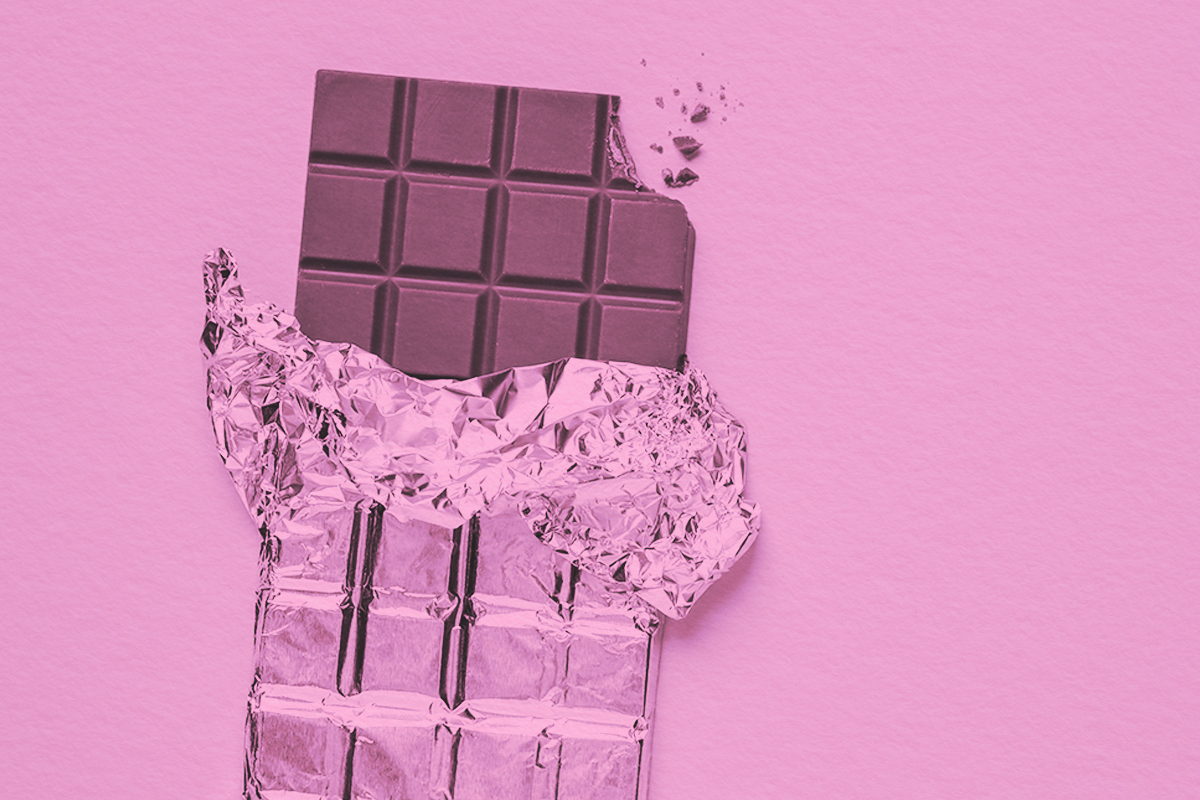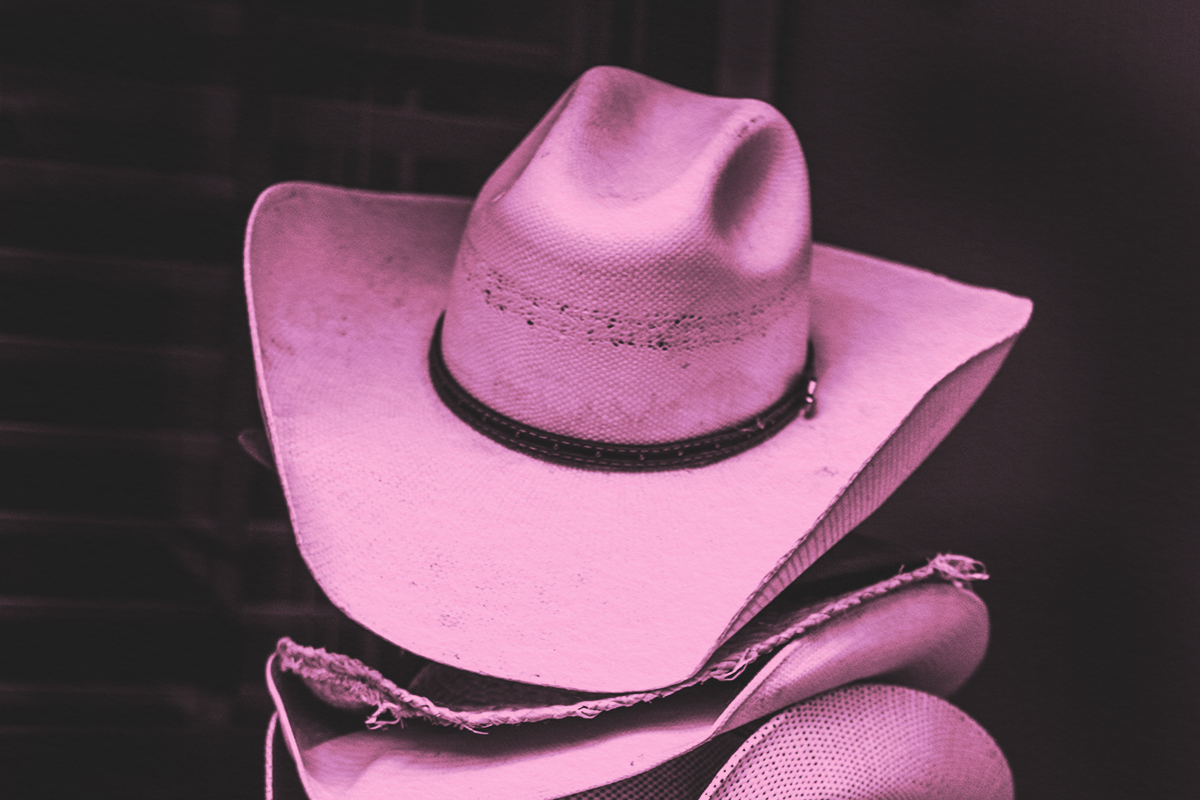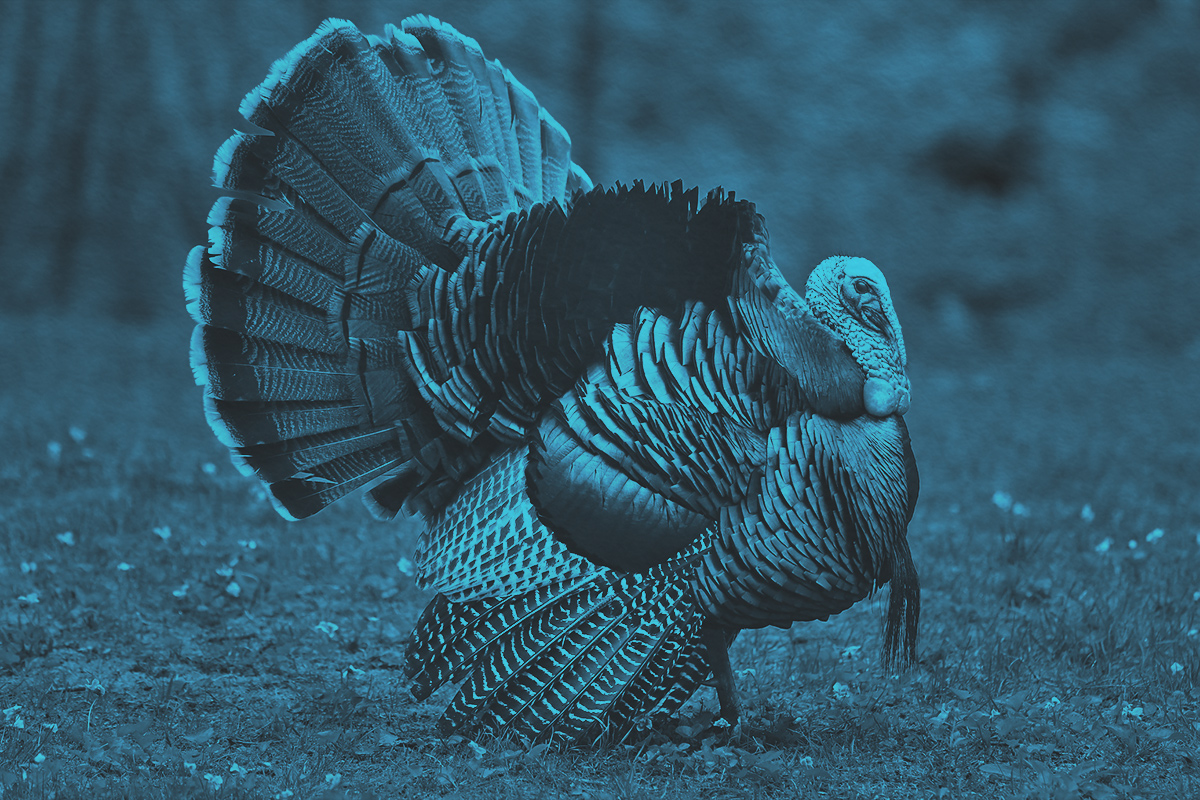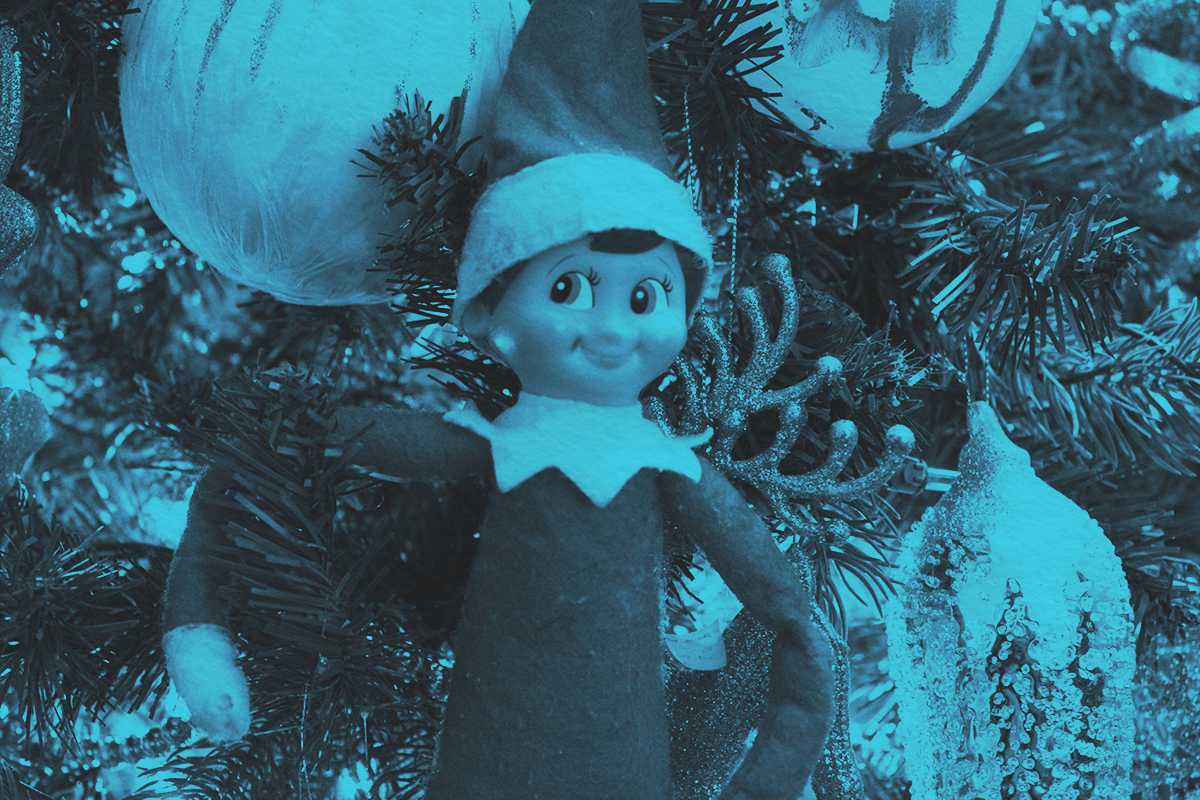
Have you ever wondered why your colleagues from different states seem to speak English differently? Whether you’re navigating virtual meetings or just curious about American dialects, understanding the differences between regional accents and pronunciations can help bridge communication gaps and celebrate the country’s rich linguistic diversity. Here are 14 commonly debated words that highlight how American English changes from coast to coast — and might help explain why your cross-country colleagues sound so different.
“Lawyer” has a pronunciation distinction between the South and the North. In the North, it’s generally pronounced “LOY-yer,” whereas in the South it’s pronounced “LAW-yer.” Both pronunciations are valid and will get you legal help from the appropriate sources.
In the Eastern part of the United States, “roof” is pronounced with a long “oo” sound, like its spelling. In the Western part of the country, particularly in California, it’s pronounced more like “ruff.”
This reflects the Northern Cities Vowel Shift that is particularly noticeable in cities exposed to Canadian accents. While most people pronounce “egg” with a short “e” (as in “beg”), some Northerners (especially around Buffalo, Cleveland, and Detroit) pronounce it with a long “a” sound, as in “vague” or the letter “A.”
In the Northeast, “caramel” is usually pronounced with three syllables and an “air” sound on the first syllable — “CAIR-uh-mel.” In the Midwest and the West, it’s most often pronounced with two syllables and a “car” sound at the beginning — “CAR-ml.”
“Pajamas” has a West/Midwest and East distinction. In the West and Midwest, it’s pronounced with a short middle “a” (like “jam”), whereas in the East it’s pronounced with a long middle “a” (as in “father”). You say “pa-jam-a”; I say “pa-jah-ma.”
In the Northeast, this word is pronounced with a long “ahh” sound, while in the South it sounds like the insect, “ant.”
This word has no regional distinction, and everyone thinks their pronunciation is correct. Roughly 45% of Southerners and 70% Northerners say “PEE-can,” while the remainder say “peh-CAHN.” Either way, pecan pies are delicious.
Like “pecan,” “crayon” has no real regional distinction in pronunciation; however, two general camps exist. Some people say “cran,” and others say “CRAY-awn.”
Like “pecan” and “crayon,” “picture” has some variation not bound by regional differences. People tend to drift into two groups: One pronounces the word with two distinct syllables, like “PICK-chur,” and the other group pronounces it shorter and quicker, like “pitcher.” Both are correct, but the slower version has British roots.
“Mayonnaise” is another word pronounced differently nationwide. It can be said with three syllables (“may-oh-nays”) or two (“may-nays”).
“Been” changes as you go north. In the Southern U.S., it sounds longer and stresses the double “e.” Closer to Canada, it’s pronounced like “Ben.”
Maple syrup is a special thing in the Northeastern U.S.; it only stands to reason that it’s pronounced differently there than elsewhere. In the Northeast Corridor, people say “SEAR-up.” Everywhere else, it’s “SIR-rup.”
“Bowie” is usually pronounced “BOW-ie,” but in Texas, a Bowie knife is pronounced “BOO-wie.” It’s an important distinction if you’re going hunting in the Lone Star State.
Bagels are everywhere, but New Yorkers claim the best ones. Most people say “BAY-gull,” but Midwesterners say “BAH-gull.” Either way, we’ll take ours toasted and topped with cream cheese.





















